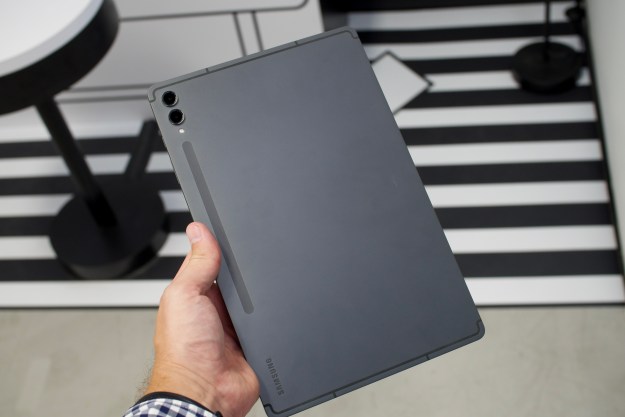
But despite Android phone makers’ attempts to stand out among the suffocating crowd, market success ultimately seems to come down to three factors: widespread distribution, familiar branding, and, bargain-level pricing. One company that met all three criteria this year was Samsung — according to market research firm Strategy Analytics, three of the top-selling Android models this year were the Korean company’s own.
The top-selling Android smartphone during the first half of this year was Samsung’s Galaxy S7 Edge, according to Strategy Analytics. The firm estimated that Samsung shipped 13.3 million units during the first half of 2016 — an astounding 2.3 percent share of all
Neil Mawtson, executive director at Strategy Analytics, attributed the S7 edge’s blockbuster success to its “attractive curved hardware design” and “blended sidebar” of apps. “The S7 edge is wildly popular in dozens of countries globally … [because] consumers find [it] easy to use,” Mawtson said. “Samsung has … very high brand awareness and a wide range of good-looking, user-friendly products.”
But the S7 Edge wasn’t Samsung’s only best seller. The Korean firm shipped 13 million units — a 2.3 percent share of all Android phones sold — of its low-end, wallet-friendly Galaxy J2. It performed exceptionally well in both developing and emerging markets, according to Strategy Analytics. And the aging Galaxy S7, meanwhile, managed estimated sales of 11.8 million, or a 2 percent share of all shipments. All in all, Samsung devices accounted for 6.6 percent of
Samsung’s shipments contributed to a healthy overall Android market. Vendors sold 577.3 million in the first half of 2016, up from 552.2 million in the same period last year. That bested combined sales of Apple’s iOS device catalog, shipments of which fell 16 percent, to 91.6 million in the first half of 2016 from 108.7 million in the same period a year earlier.
“Samsung remains dominant” for now, Strategy Analytics Director Woody Oh said in a statement. But its competitors are racing to catch up — Oppo saw shipments of its devices jump 137 percent in the second quarter of 2016, year over year. “However, Samsung cannot rest on its laurels, because it continues to be chased hard by emerging rivals, such as the Huawei P9, Oppo R9 and Vivo X7 devices.”
Affordability is ultimately king, apparently. Short of breakout successes like the Galaxy S7 and S7 Edge, palatably priced handsets generally perform better than their more expensive counterparts.
“Outside of Samsung’s Galaxy S7 flagship, a majority of vendors, including Apple, have found success with more affordable models compared to their flagship handsets,” Anthony Scarsella, a research manager at Mobile Phones, wrote as part of a report by market research company IDC earlier this year. “As smartphone prices continue to drop and competition escalates at the high-end, vendors will need to continue to push ‘flagship-type’ devices at affordable price points to encourage upgrading on a more frequent basis.”
Editors' Recommendations
- Samsung’s newest Android tablet is a perfect iPad alternative
- Look who just replaced Samsung as king of the global smartphone market
- 7 smartphones coming out in 2024 I can’t wait for
- The best smartphone case brands in 2023: the 20 best ones
- There’s a big problem with Samsung’s new Android tablets

